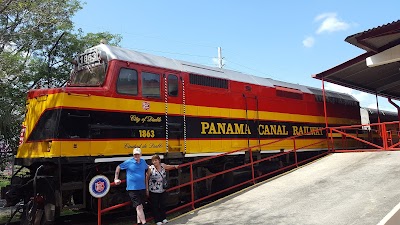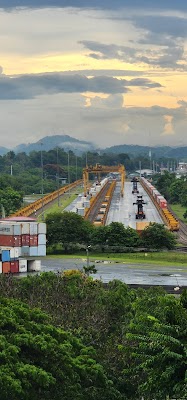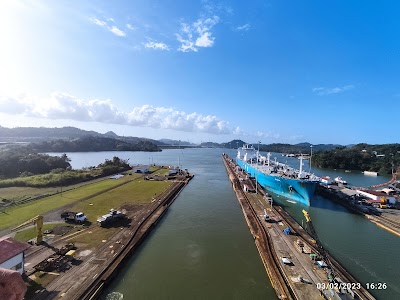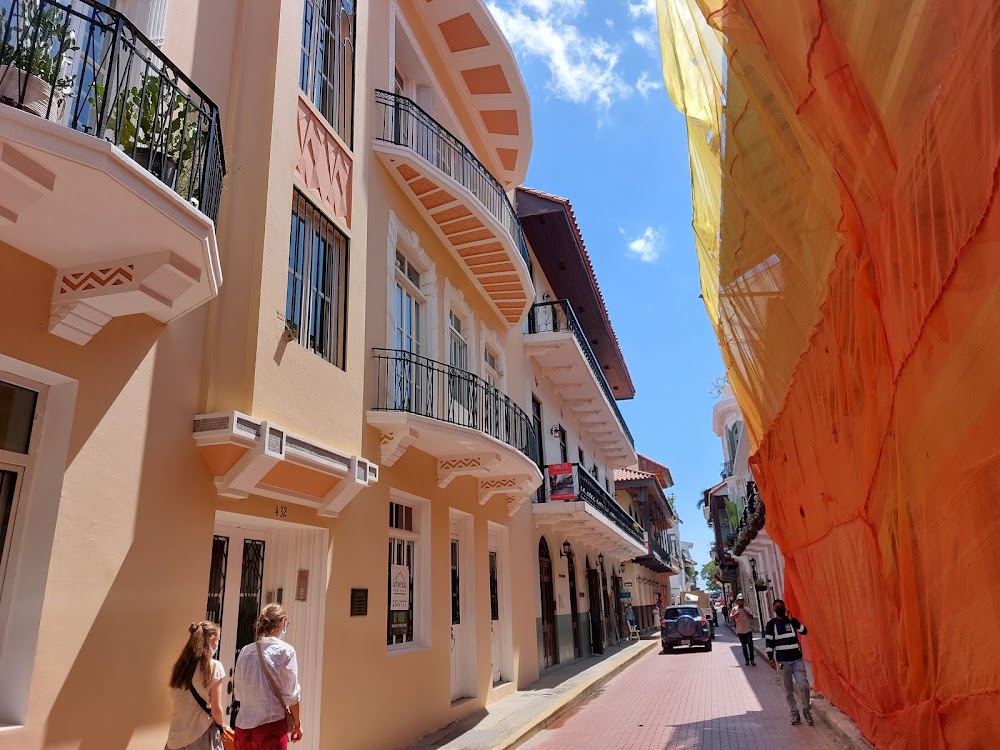Panama Canal Railway (Ferrocarril de Panamá)
Overview
The Panama Canal Railway is a stunning feat of engineering and a pivotal historical landmark located in the Panamá Province of Panama. Established in the mid-19th century, this railway was initially built to streamline the movement of people and goods across the Isthmus of Panama, paving the way for the eventual construction of the Panama Canal. Notably, during the California Gold Rush, it provided prospectors with a faster and safer route from the east coast of the United States to California, playing a significant role in that era's migration and commerce.
The history of the Panama Canal Railway is as rich as it is fascinating. Completed in 1855, it holds the distinction of being the first transcontinental railway, predating even the railroads in the United States. The construction faced numerous challenges, including harsh tropical conditions, rampant diseases like malaria and yellow fever, and treacherous terrain. However, despite these formidable obstacles, the railway successfully bridged the 47-mile gap between the Atlantic and Pacific Oceans, dramatically reducing travel time and reshaping global transportation routes.
The significance of the Panama Canal Railway extends far beyond its historical context. During the construction of the Panama Canal, the railway was essential for transporting materials, equipment, and workers to and from the construction sites. Its strategic importance resurfaced during World War II, as it provided critical logistical support to the Allied forces. Over the years, the railway has undergone several upgrades and renovations, adapting to modern transportation needs while still preserving its historical essence.
For tourists, a journey on the Panama Canal Railway is not just a ride; it is an unforgettable experience. Passengers are treated to breathtaking views of the lush Panamanian rainforest, the Panama Canal itself, and charming historic stations along the route. The train's carriages are designed for maximum comfort, featuring large windows that ensure you won't miss any of the stunning scenery. The journey also offers sights of Gatun Lake, one of the largest artificial lakes in the world, as well as various canal operations that showcase the remarkable engineering behind this global shipping marvel.
Adding to its allure, the Panama Canal Railway boasts numerous fascinating facts. It is one of the oldest operating railways in the world and holds the record for being the first to connect two oceans. The construction cost a staggering $8 million—a remarkable sum for the 19th century. Another interesting tidbit: in its early years, the railway was so profitable that it earned the nickname "the railroad that rides on gold," due to the vast quantities of gold it transported during the California Gold Rush.
In addition to its historical significance, the railway offers a special passenger service designed specifically for tourists. This service runs parallel to the Panama Canal and provides a unique perspective on the operations of the canal locks and the engineering feats involved. The train journey typically lasts about an hour and includes informative commentary about the railway's history and its relationship with the canal. It’s an ideal day trip for those staying in Panama City or Colón, offering a perfect blend of history, adventure, and stunning landscapes.
In conclusion, the Panama Canal Railway stands as a testament to human ingenuity and determination. Its rich history, strategic importance, and breathtaking scenery make it an essential destination for anyone visiting Panama. Whether you are a history enthusiast, an engineering buff, or simply someone who appreciates beautiful landscapes, a ride on the Panama Canal Railway promises to be an unforgettable experience. So, the next time you find yourself in the Panamá Province, be sure to embark on this extraordinary journey through time and nature.







